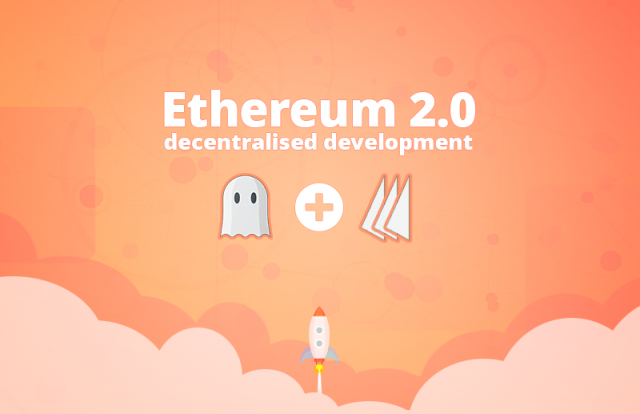
Vitalik Buterin Explains the Past and Future of Ethereum

Ethereum has firmly established itself as one of the leading cryptocurrencies in recent years, behind only Bitcoin (BTC) in terms of value. At the time of writing, each coin is worth a little over $225. This gives an overall market capitalization of more than $23 billion. New initiatives such as ErisX and innovative crypto exchanges should help to ensure that the future is bright for Ethereum.
Yet, it hasn’t always been plain sailing for this currency. Recently, Ethereum (ETH) co-founder Vitalik Buterin spoke about the early days of the coin and how it slowly gained mainstream adoption. He went on to discuss the future of cryptocurrencies in general.
The interview took place during a recent meeting in San Francisco. Buterin explained that his main role in the project now is to research relevant subjects. These include matters such as plasma, protocol economics, sharding, and proof of stake.
How Ethereum Started Up
Buterin pointed out that, at the very beginning, the idea behind Ethereum was “unambitious”. He revealed that the starting point was a paper that he wrote called “Ultimate Scripting”.
After this, the idea started to gain traction and his initial concept soon evolved into Ethereum. Of course, it was July of 2015 that the current platform went live, but the initial proposal can be traced back to 2013.
The initially-limited vision began to expand as the growing Ethereum community realized how useful it could be for tasks such as building applications. Buterin said that it became apparent that general purpose blockchains could be used for “a much wider variety of things”.
The interview went on to cover Buterin’s thoughts on the levels of adoption that have taken place in the cryptocurrency scene lately. He pointed out that the next big issue is around whether there are applications that are going to use the blockchain “kind of front and center” in ways that make them visible to a lot of people.

What Does the Future of Ethereum Hold?
The Ethereum co-founder has been speaking a lot lately about the challenges and opportunities that lie ahead for this blockchain. It is clear that there are going to be interesting times ahead for the currency.
The next issue that you can expect to hear about is Ethereum 2.0. This upgrade has been described by Buterin as “basically the kind of new version of Ethereum”. Rather than one single development, it is going to bring together a range of improvements. These improvements could help to fend off the threat of alternative currencies such as Cardano (ADA).
For instance, it is expected to help solve issues such as scalability, flexibility, and efficiency. While Ethereum can currently handle 15 transactions each second, it is hoped that Ethereum 2.0 can increase this number significantly.
There is no definitive list of changes for Ethereum 2.0 as of yet. Certainly, this is when you can expect to see the move from proof of work to proof of stake, though.
Perhaps the most exciting change of all is the switch to sharding. This complex process will see the blockchain broken down into many different shards that can communicate with each other. It is expected that this will allow Ethereum to process up to 15,000 transactions every second.
The latest comments from Buterin have helped to shed some light on the background of Ethereum, but it is the future of this blockchain that is truly exciting.